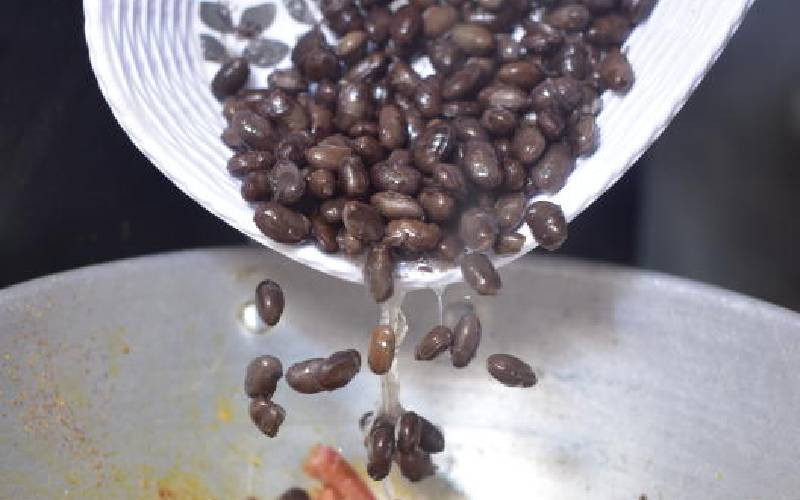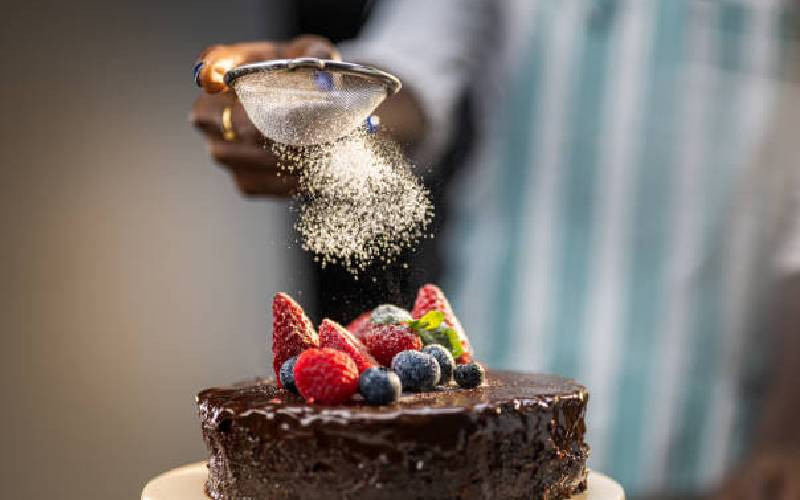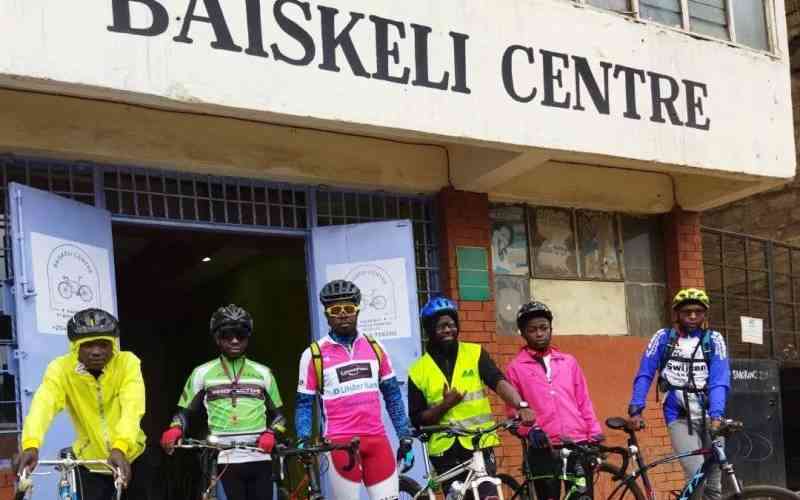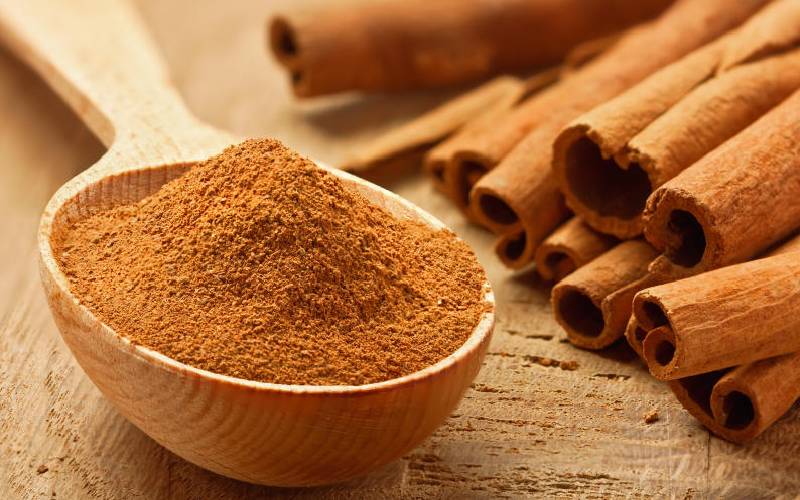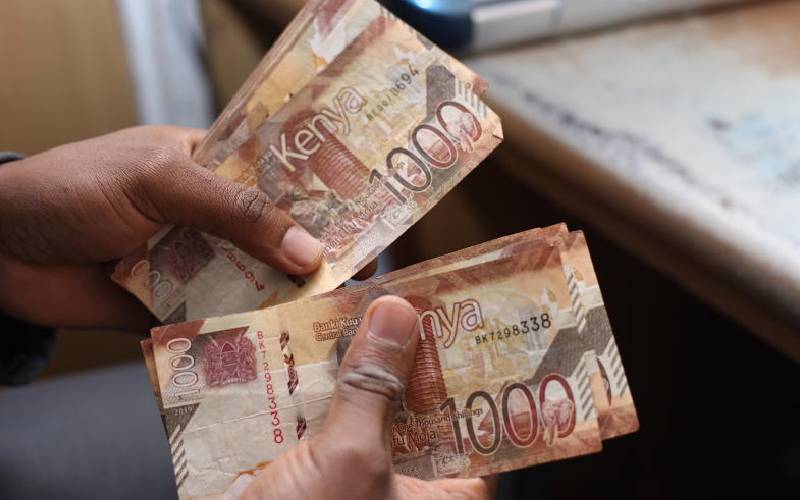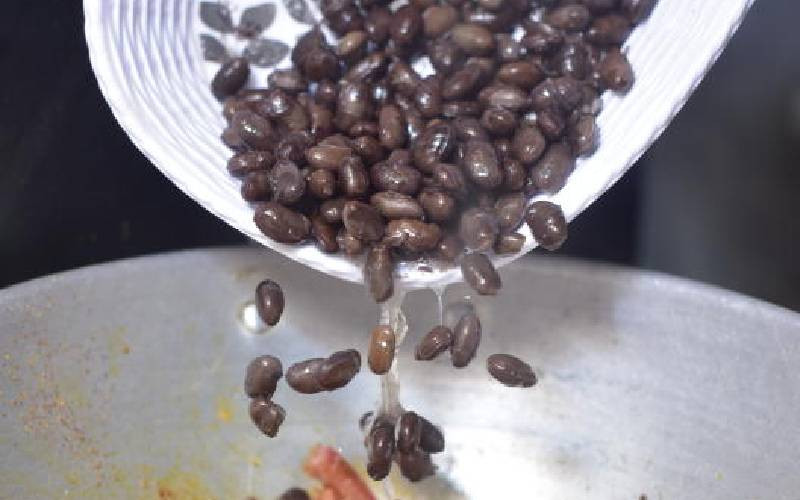
The lablab bean, scientifically called Lablab purpureus (or Dolichos lablab), and locally known as Njahi, is a versatile subtropical and tropical nitrogen-fixing legume. The many agricultural and nutritional uses of this bean are worth noting. Lablabs have a huge potential as forage material for livestock. Cattle, sheep, goats and pigs graze on the bean.
Palatable hay and silage can also be made from the leaves. Lablabs are often intercropped with corn and sorghum or used as a ground cover between bananas or other taller plants.
The most common varieties in Kenya are KAT/DL-1, KAT/DL-2 and KAT/DL-3 sold by Kenya Seed Company, Dryland Seeds and Kalro Seed Unit and they yield between 2.5 to four tonnes per acre.
Njahi is a popular delicacy in Central Kenya and Peter Kimani from Kiambu is one farmer who cultivates the crop. He shares some tips on how to farm the crop.
Ecological conditions
Njahi is a versatile crop that grows in altitudes from 500 to 1,800m above sea level, tolerates droughts, heat and a wide range of soils, including acidic and black cotton. Soils should be well-drained, sandy-loam of pH five to seven. For best yields, apply compost manure and 30 to 50kg per acre of DAP at planting.
Planting
Seedbed for planting of njahi should be well-prepared, by one plough and one to two harrows. The seed rate is 25kg per acre spaced at 45cm between rows and 30cm from plant to plant (placing two seeds per hole), or 40 by 10 to 15cm and one seed per hole in a pure stand.
Weeding
Njahi has an excellent ability to compete with weeds when once established, but its early growth is slow and so it should not be subject to weed competition at this stage.
“Weeding should be done two to three weeks after germination and should be weed-free until harvest. Dolichos is a hardy legume, has no enemies (pests and diseases) of economic importance,” said Kimani.
Irrigation
The bean is commonly cultivated as a rained crop. Irrigation will be given as and when required.
Pest and diseases
It is commonly attacked by stem rot caused by Sclerotinia sclerotiorum under wet conditions. Insects attack roots, mainly the nematodes like Helicotylenchus dihystera, Meloidogyne hapla and M. incognita. It also attacked by leaf-eating insects.
“Spray with any contact or systemic insecticides like Dududrin to control insects. Of all the bean varieties in the market for sale, Dolichos fetches the highest price ranging from Sh5,000 to Sh7,000 for a 90kg bag,” said Kimani.
Diseases that might attack the crop include Anthracnose, Rust, Powdery mildew, Bacterial leaf spot, Lablab bean mosaic virus and Ashy stem blight
Harvesting
Njahi gets ready for harvesting after two and a half to three months of sowing. Full-grown beans are harvested according to the need.
Market
According to Kimani, the market for Njahi is available as it is a popular delicacy. As he mentioned above, it fetches the highest price compared to other types of beans.
 The Standard Group Plc is a multi-media organization with investments in media platforms spanning newspaper print
operations, television, radio broadcasting, digital and online services. The Standard Group is recognized as a
leading multi-media house in Kenya with a key influence in matters of national and international interest.
The Standard Group Plc is a multi-media organization with investments in media platforms spanning newspaper print
operations, television, radio broadcasting, digital and online services. The Standard Group is recognized as a
leading multi-media house in Kenya with a key influence in matters of national and international interest.


